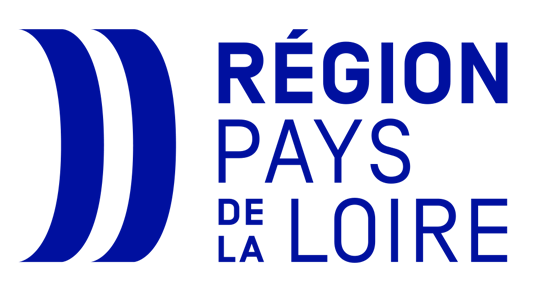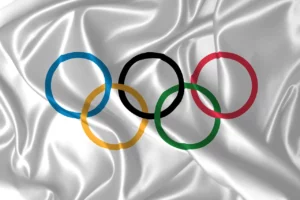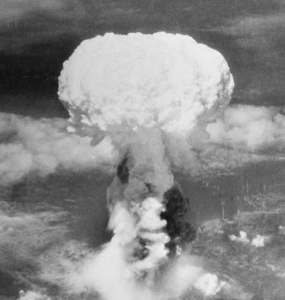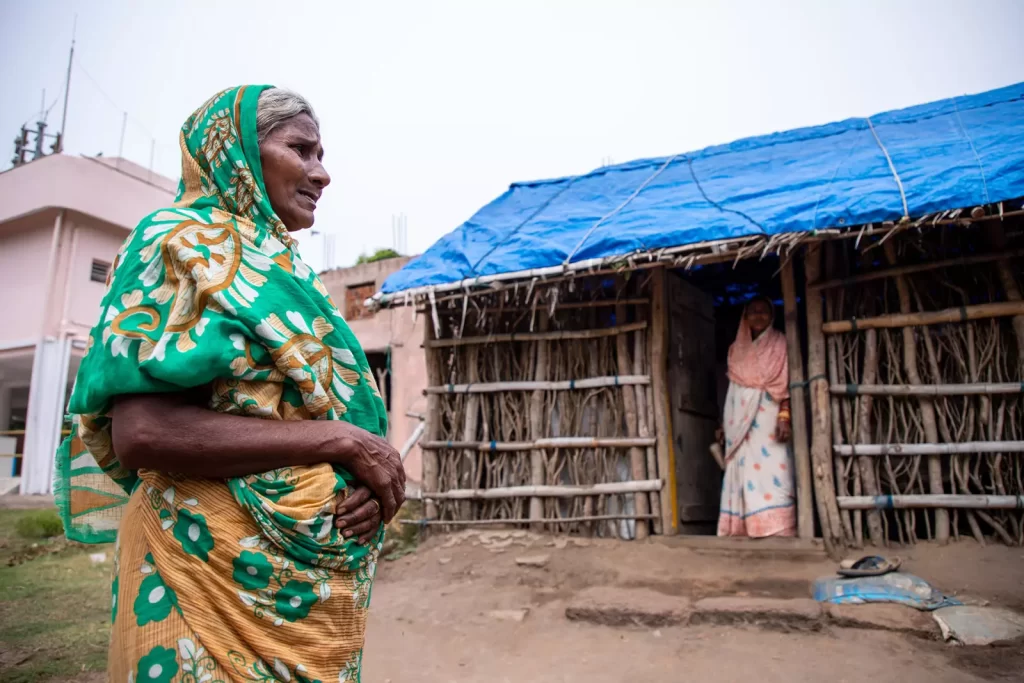A strong hierarchical order
At the top of the hierarchical order are the Brahmins, mainly teachers and intellectuals who would be descended from the chief of Brahma. Then, there are the Kshatriyas, warriors and rulers. The third place is for the Vaishyas, the merchants. The main castes are divided into about 3,000 castes and 25,000 sub-castes, each according to the specific profession. Apart from this Hindu caste system, there are the Dalits or the Untouchables. Dalits are groups of individuals considered, from the point of view of the caste system, as outcasts and assigned to functions or trades deemed impure. Present in India, but also throughout South Asia, the Dalits are victims of numerous forms of discrimination.
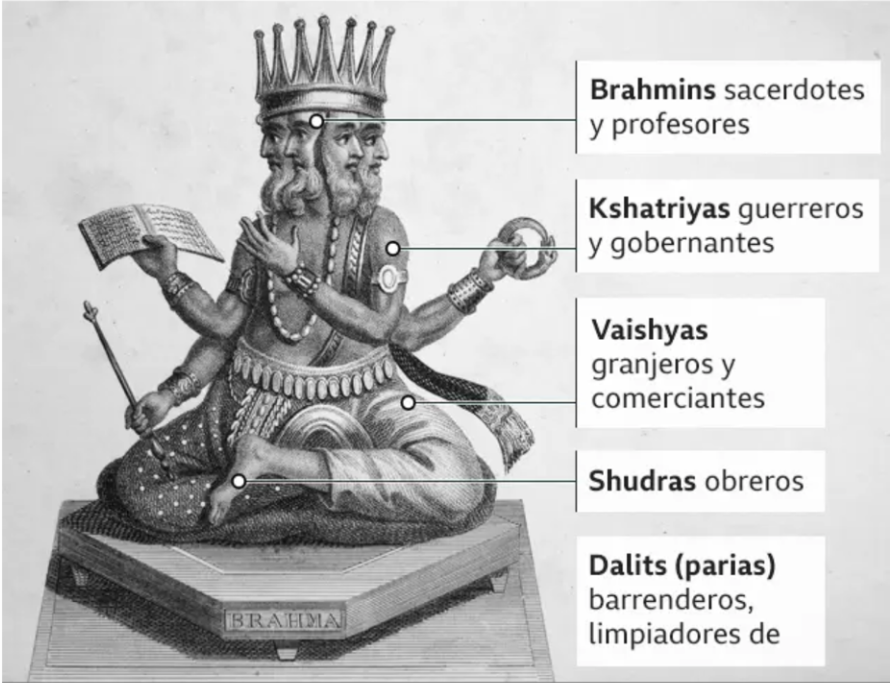
How does the caste system work?
For centuries, castes dictate almost every aspect of Hindu religious and social life, and each group has a specific place in this complex hierarchy. The system grants many privileges to the upper castes, while allowing the repression of the lowers. It is a system that has often been criticized for being unfair and regressive. Yet, the castes stubbornly survive despite the officially proclaimed equality, because they plunge into the heart of Indian tradition, because they give cohesion to a fragmented country.
Legally, the Constitution of independent India prohibits discrimination based on caste. And in an attempt to correct historical injustices and level the playing field for those who were traditionally disadvantaged. Authorities in 1950 announced quotas in government posts and educational institutions for the most disadvantaged castes and tribes.
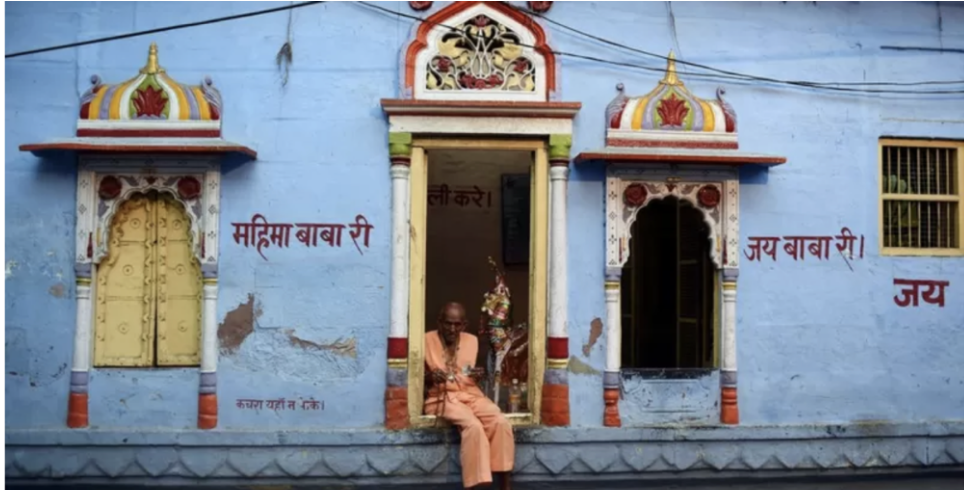
The out-caste from birth to death
Castes are given at birth by parents. The child evolves in Indian society without the possibility of changing or evolving caste. There is no other way for Dalits to escape poverty and injustice. Marriage to someone from a higher caste is the exception. This solution is rare because parents manage the lives of their children. No one mixes. Everyone tries to survive as a family.
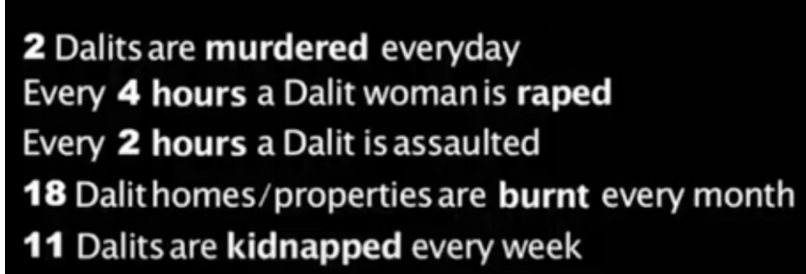
This slow evolution frightens. Dalits are victims of discrimination through several forms of violence: beatings, rapes, kidnappings, murders. Numbers were released ten years ago and there are almost no changes on the situation. For example, in 2018, 880,000 crimes were committed against Dalits, and it continues to rise. The trend is getting worse.
Dalit rights are still not a priority in India because the upper caste members do not feel there is a need to act on them. They believe it should be dealt with politics or by Dalits themselves. Most people don’t feel concerned about Dalit issues.
When trying to progress on their own and escape the caste system, Dalits are caught back by obstacles like the cost of education, a poor level of English, the difficulty of living in cities when you came from a rural background, the lack of help for school, etc.
Hope for a better future
For Dalits to achieve real progress, systemic help is needed : help from upper caste members, education to bias, government schemes to support Dalit children at school and in higher education, systemic opposition to soft discrimination at school and at work.
Moreover, in recent decades, with the expansion of secular education and increasing urbanization, the influence of castes is fallen somewhat, especially in cities where different castes live side by side. Inter-caste marriages are also increasingly common. Since several years, Dalits are fighting back. They protest against their abusers and ask the police to protect them. This cast wants justice and to take part in politics. Dalits claim equality and want their rights to be respected.
Demonstrations still exist
Today, some people decided to highlight the unfair system, in India and in the world. The art can be a way to express the oppression. In 2019, an exhibition called “Another life is possible” has been reported in New Delhi. Artist Jithinlal NR’s solo titled Another Life is Possible at Khoj is an attempt to represent the pain of his community, from Dalits, through sketches. The Kochi-based artist explores the discourse on identity with sketches and mirrors that uses references from movements and folk songs and poetry that concerns the Dalit community.
More than art, there is also the movement “All Lives Matter” in 2020. U.S Black Lives Matter protests spur calls for India to wake up to Dalits discrimination.
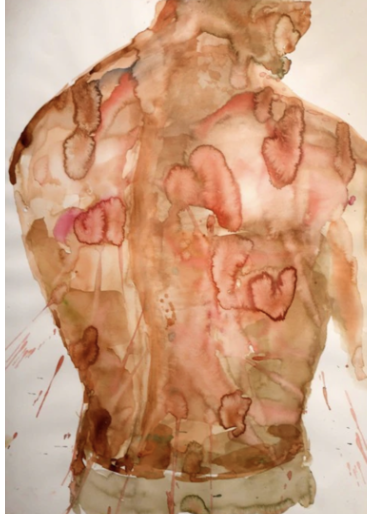
Over 300 people have signed a petition emphasizing that the “lives of Dalits and minorities matter too” and urging Indian prime Minister Narendra Modi to admit that caste discrimination is included in racial discrimination. Globalizing the fight is a way for Dalits activists to increase their backing. By appealing to international support, they can reach out to broader audience, they can be endorsed by more people, and the movement can gain momentum.
The Dalit’s fight would never stop if nothing is set up. The time and the determination are the keys.

